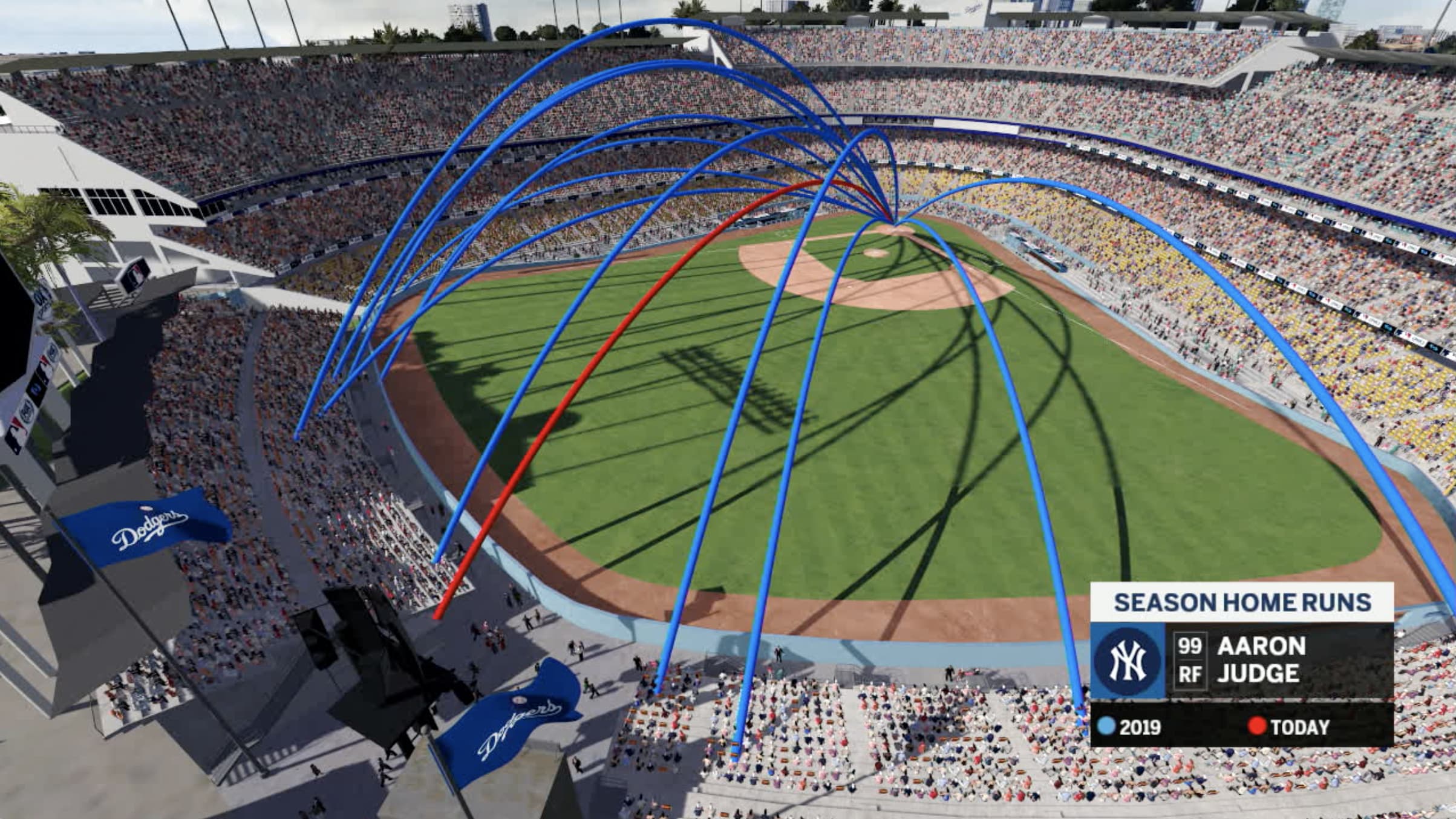Major League Baseball will look to Big Tech companies like Apple and Google to help with its shortened season that is scheduled to begin Thursday.
On Monday, MLB provided a preview of how games will look and sound during the pandemic, with features like artificial crowd noise and an upgraded replay system for fans watching from home.
Two games are scheduled for opening night: The defending World Series champion Washington Nationals host the New York Yankees at 7 p.m. ET, followed by the Los Angeles Dodgers hosting the San Francisco Giants at 10 p.m. ET.
As part of the league’s Covid-19 health and safety protocols, MLB said it would ban traditional video stations shared throughout clubhouses. The league took advantage of its 2016 partnership with Apple to expand the dugout iPad program. It will now distribute 15 iPads to each team for players and staff to dissect performances and additional team content like scouting reports.
Google will also play a part, with all 30 teams using Google Cloud to run MLB’s stat-tracking system, Statcast, and provide digital infrastructure for everything from team websites to online ticket sales.
MLB partnered with the Google in March to be the league’s official cloud partner. Jason Gaedtke, MLB chief technology officer, said Monday that the league selected Google for the firm’s “strength in large scale data processing, analytics and specifically machine-learning.”
With its Statcast 3D platform powered by Google, MLB said broadcasts can re-create game footage in a variety of virtual perspectives. Concepts like displaying a player’s home run trails, pitching angles from a catcher and umpire’s perspective and how play is affected by weather conditions will now be available for national and regional broadcast partners.
Source: MLB
Upgraded replay system
Before Covid-19 delayed the current season, MLB completed its first significant technology refresh, an overhaul of its replay operation. It’s the first upgrade since the league rolled out its expanded instant replay system in 2014, according to Chris Marinak, MLB executive VP of strategy technology and innovation.
Canadian telecommunications company Mitel assisted league with its new Replay Center located in New Jersey. The system can receive 48 channels of video and take in 24 isolation cameras from all over the field, said Marinak.
Also, the league placed 4K cameras to overlook fields. The cameras are generally used to look at a base runner’s placement and “other wide-angle things that may not be available during the broadcast,” Marinak said.
MLB said the tech upgrades will help get footage to umpires faster to cut down on the time spent reviewing plays. It will also help the team to decide whether or not to challenge a call.
And with the new camera angles added, MLB decreased the time a team can decide to dispute a call from 30 seconds to 20 seconds for the 2020 season.
Source: MLB
Artificial crowd noise from Sony
Another critical partner will be Sony.
Ballparks will have 12 4K cameras and feature Sony’s Hawk-Eye tracking system, which MLB said will help it better track player positioning and movement and “everything that is happening on the field, with no blind spots,” according to Gaedtke.
Sony, which renewed its deal with MLB last December, will also provide teams artificial crowd noise. Clubs are required to use some form of fake sounds designed to emulate regular contests with spectators, since games will be held in empty stadiums.
Sony has made available 75 samples of crowd sounds from its MLB video game. The league will provide teams with an iPad filled with the samples that will be controlled by an audio technician during games.
Ryan Zander, MLB vice president of broadcast products and services and new broadcast technology, said clubs would continue to provide traditional organists and batter walk-up music in games, too.
“The idea is to enable the clubs with as much as possible as it relates to creating a realistic environment,” Zander said, adding that broadcasters will pick up the sound with natural microphones normally used for crowd noise.
MLB said its baseball operations department would handle any disputes around the artificial sounds, but added it’s not anticipating any problems.
Virtual signage
MLB will also use virtual ads this season to “make up for lost brand exposure” and “create some new inventory for our partnerships,” according to Marinak.
The league generally uses virtual signage at premier events like postseason games and the MLB All-Star Game, but not for regular season regional games.
MLB will oversee the ads on national broadcasts and clubs will manage local ad placements. But if a club decides to install physical ads for a particular game, MLB could restrict virtual ads.
“What we’ve done this season is qualified a bunch of technologies and devised a plan and framework to make this technology available for all clubs who want to take advantage of the program,” said Zander.
Zander added there are guidelines to ad placements in efforts to “make the signage look as authentic as possible, not have it be disruptive to the viewer.” The ads can be placed in areas including seating sections, foul ball territory and the pitcher’s mound. Teams will be allowed to rotate virtual ads every half inning.
And with fans tuned in, some teams could take advantage of more augmented reality experiences. The New York Mets and Philadelphia Phillies experimented with AR options in 2017 and Michael Harris, Phillies VP of marketing and new media, told CNBC the team also had success with an their AR bobblehead promotion last season featuring pitcher Aaron Nola.
